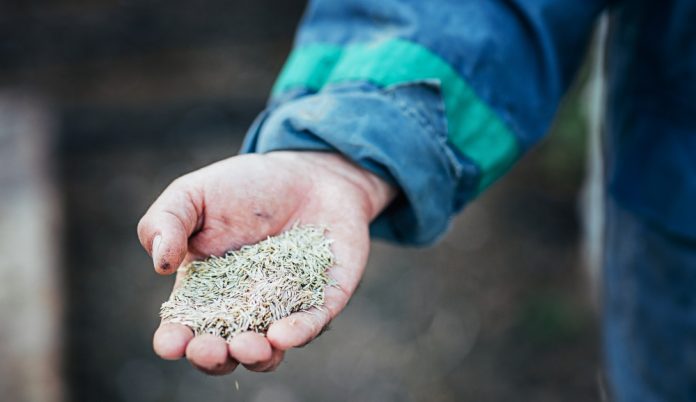- Of late, the global community duly prodded by their respective governments has made conscious efforts at inculcating healthy food habits among citizens. A novel initiative that cannot be questioned nor sneered at for any nation to prosper, thrive, and gain prominence, it is extremely important to have healthy citizens contributing most productively. No wonder, any country worth its salt would not only wish to extend every possible healthcare infrastructure to ensure citizens have access to the best medical facilities but also come out stronger to carry forward the nation’s legacy.

PC: freepik
- We know how the pandemic opened the eyes of the universe vis-à-vis healthcare having caught unawares with the uncertainty and devastation perpetrated by the unknown virus. Of course, lifestyle challenges faced by the global community in the modern day are manifold and the main contributory factor is the unhealthy dietary habits adopted by one and all where processed food has emerged as the preferred option. Gone are the days when organically grown food intake used to take precedence but has seen tremendous alteration nowadays as the numerous readily available junk foods out there rules the roost.
- No wonder, lifestyle diseases are on the rise as unhealthy food habits make way for unheard-of healthcare challenges. Notably, governments around the world are laying great emphasis on healthy food habits to counter lifestyle diseases that might hamper the demographic dividends to a great extent. The Indian government too is following the norm. Welcomingly, last week’s budget highlighted millets as a focus area to make India a global hub for it. Undoubtedly, it’s a smart idea because increasing the production and domestic consumption of millet makes sense from the perspectives of nutrition and environment – and more exports are always welcome.

PC: freepik
- But as a report showed, in the 2022-23 rabi crop season, millet acreage had declined by 5% in relation to a five-year average even though the overall farm acreage increased by 14% to 72.1 million hectares. This disconnect is no surprise. In 2013, GOI launched a crop diversification programme to shift acreage away from paddy in the original Green Revolution regions, Punjab, Haryana, and western UP. Later, the Haryana government even offered a cash subsidy of Rs 7,000/acre to shift cultivation to alternate crops. None of these policies worked. If anything, the dominance of rice and wheat in India’s cereal basket is even more pronounced now. In what’s the world’s largest food security scheme covering about 800 million people rice and wheat are an overwhelming presence.
- These numbers feed back into the economic incentives influencing farmers. The procurement system supporting the food distribution programme caters mainly to rice and wheat guaranteeing a floor price. Thus, an increasing number of farmers have an economic incentive to stick to these two cereals. Unless this challenge is addressed, there will be a huge mismatch between the intent to transition towards millets. To realise the goal of popularizing millet, GOI must start providing the right economic incentives to farmers. As such, the procurement system is the best location to begin the shift away from rice and wheat to the more nutrient-dense millets. Why? Because like other economic agents, farmers also respond to incentives.






